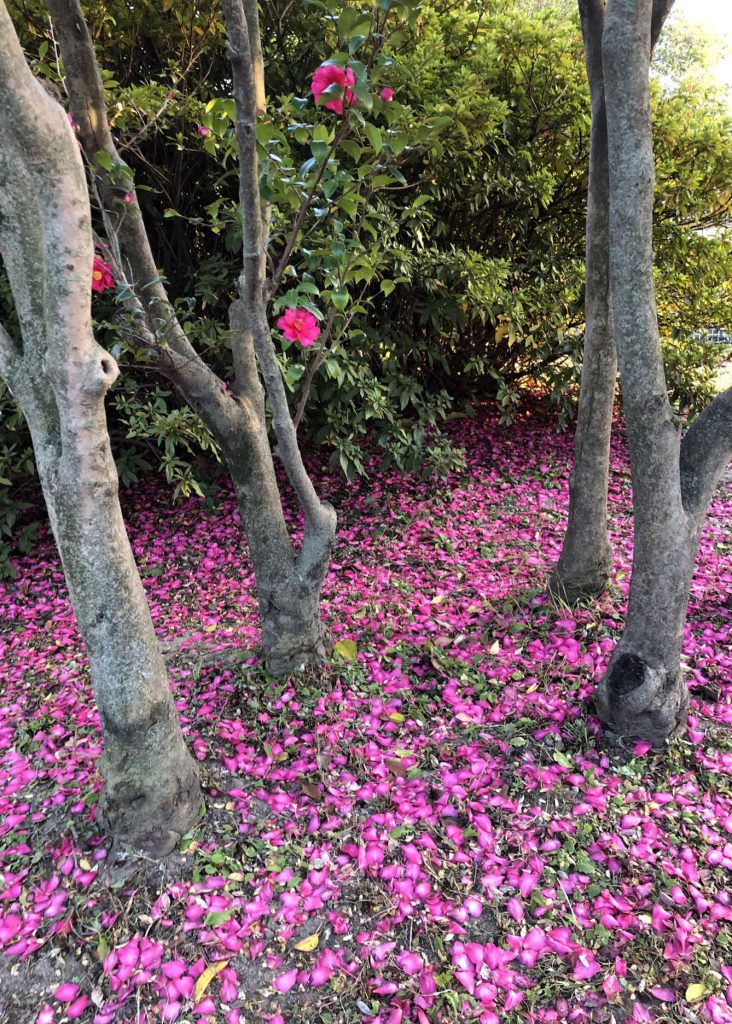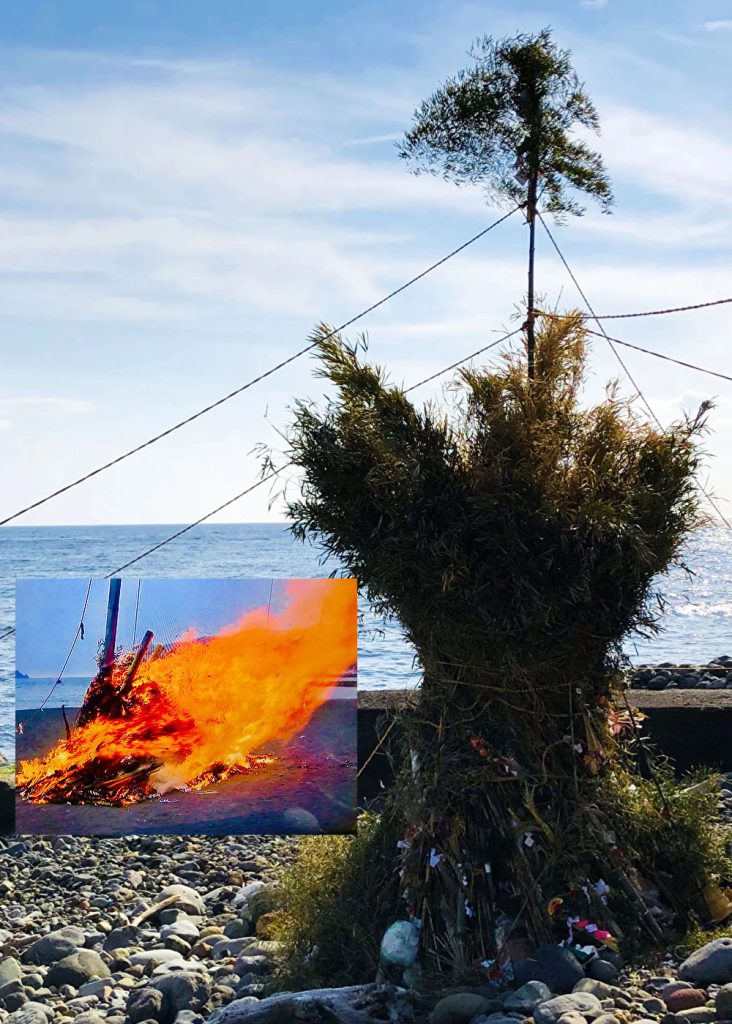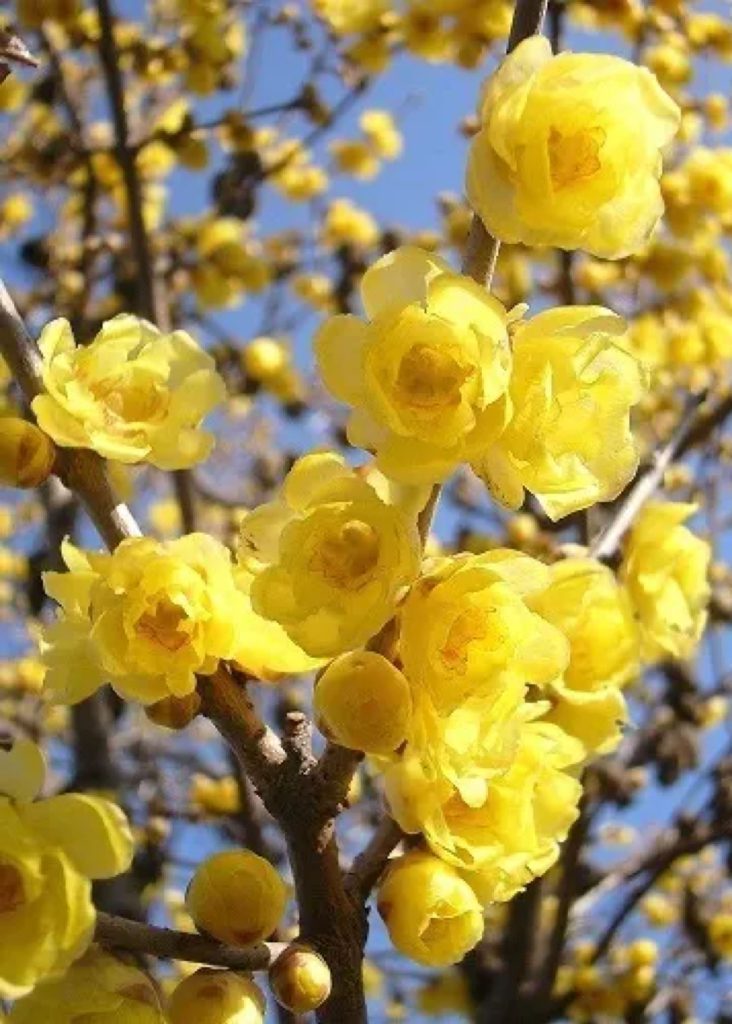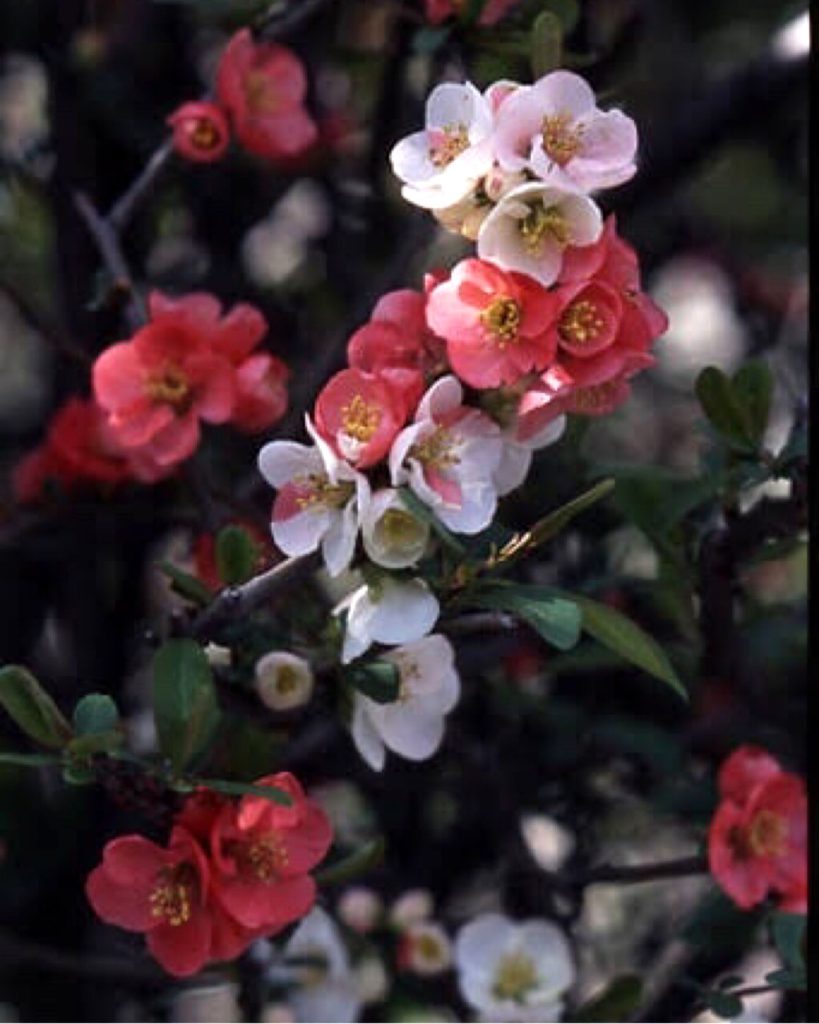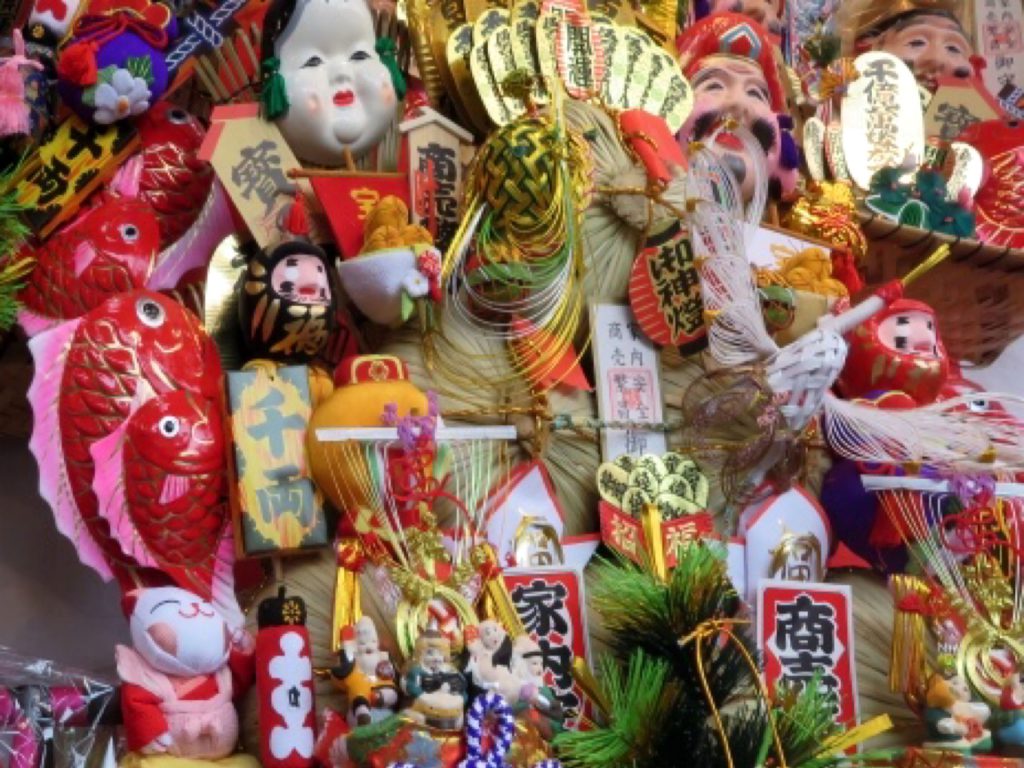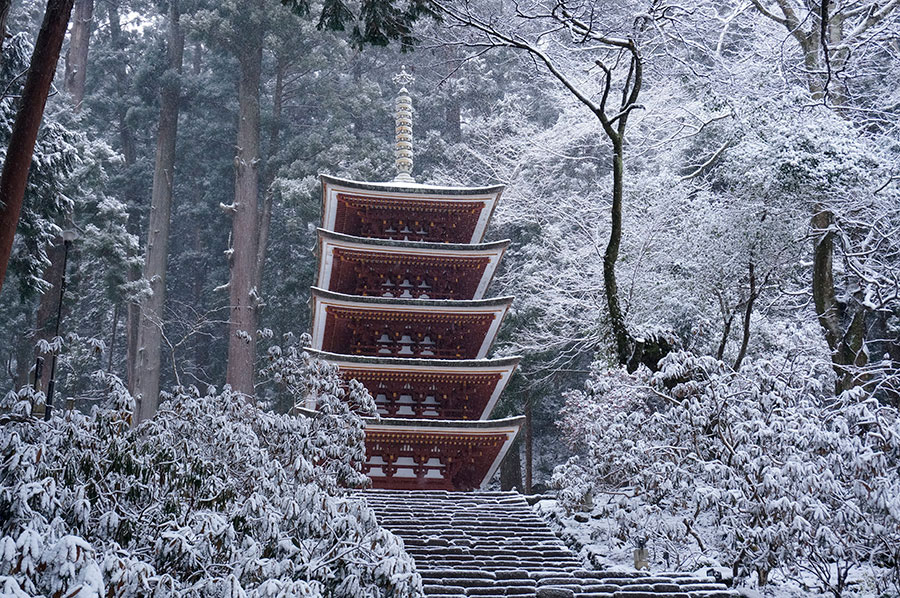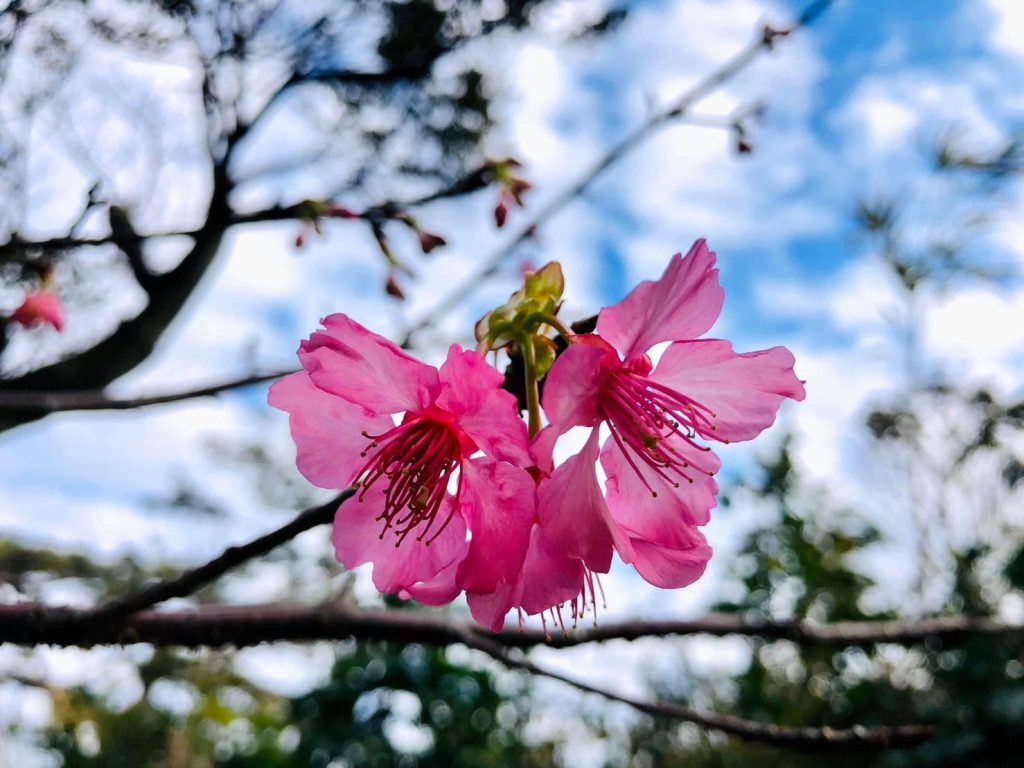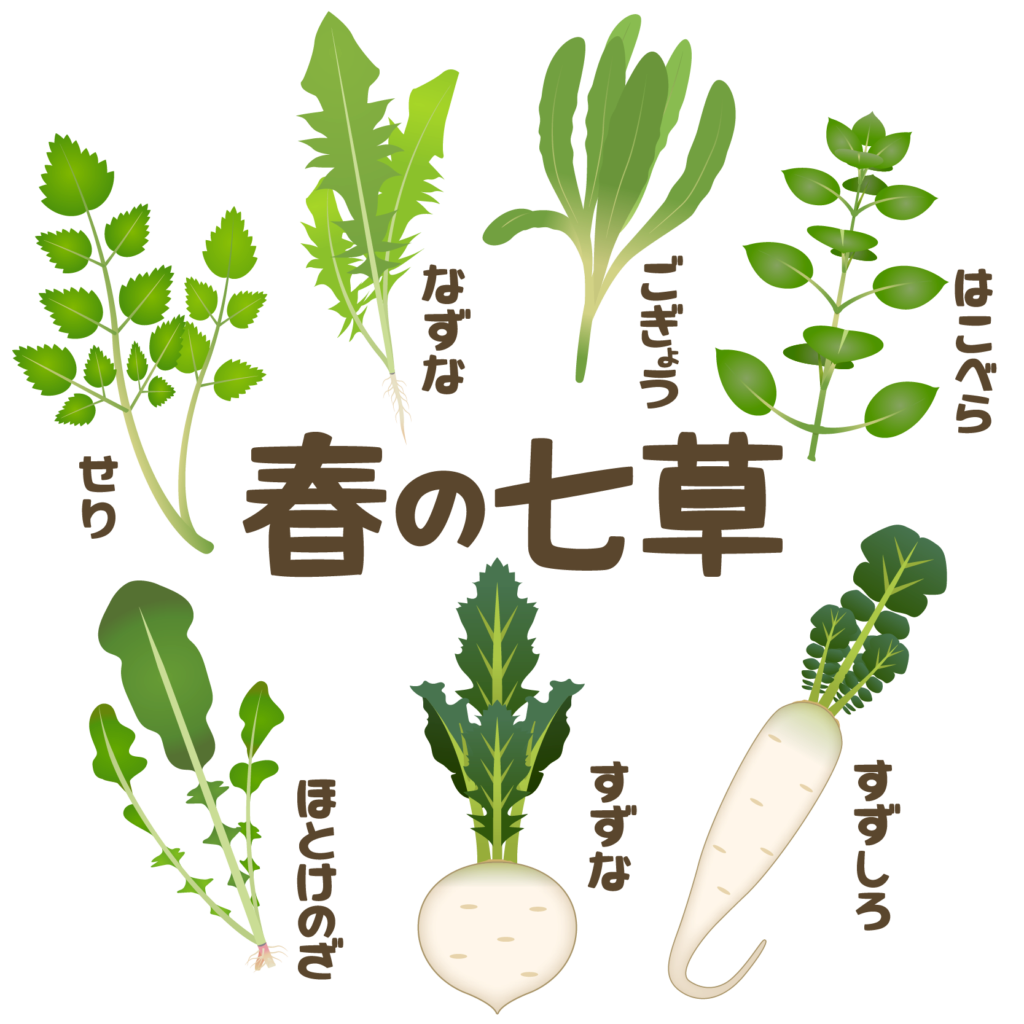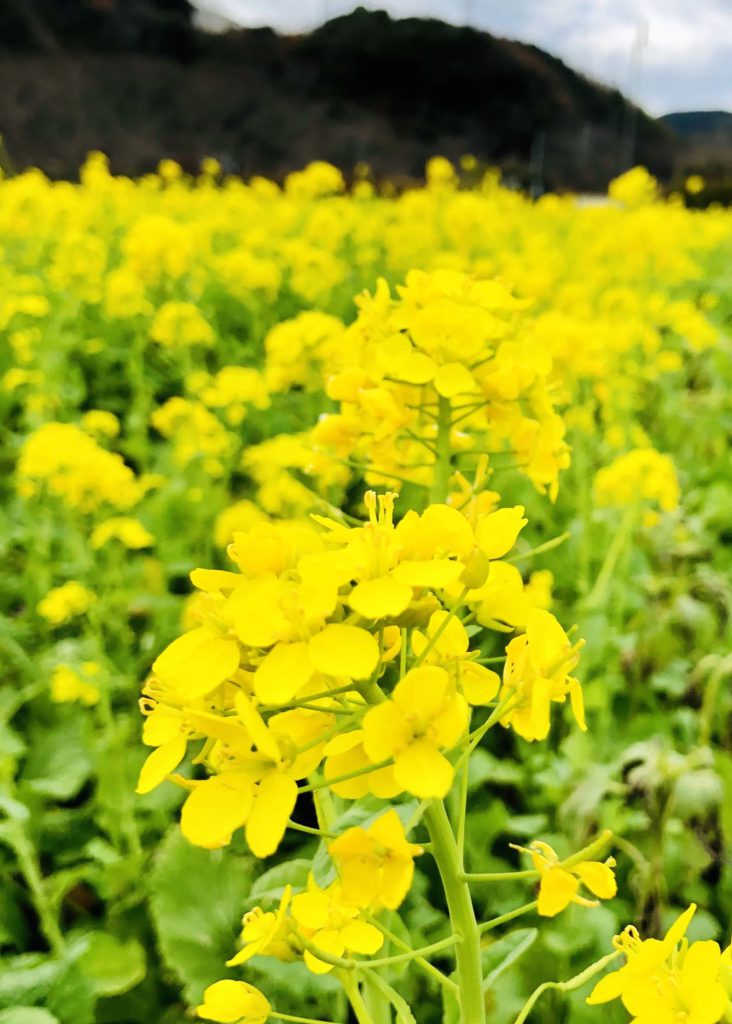
Christmas rose is a very popular flower for flower lovers. Christmas Rose has a beautiful myth about the birth of Jesus Christ.
When the angel told the shepherds about the birth of Jesus, many people brought gifts for the blessing. But one poor sheep-keeper girl had nothing to give and she couldn’t bring anything. An angel came down to such a girl and shook the lily in her hand toward the ground. Then, pure white flowers bloomed in full bloom, and it is said that the girl delivered the flowers to Jesus. This flower was a Christmas rose.
Christmas rose is the English name, and Helleborus Niger is the correct name. “Helleborus” means “food of death” and “Niger” means “black”, and the black roots of this plant contain poison. In the old days, it was used to apply the poison to the arrowheads or dissolve it in drinking water to reduce the troops of the enemy country.
Christmas rose is a flower that has a beautiful myth and a scary side.
クリスマスローズは花愛好家にはとても人気のある花です。クリスマスローズにはイエス・キリスト降誕に関わる美しい神話があります。
イエスの生誕を天使が羊飼いの人々に伝えたところ、祝福のために数多くの人が贈り物を持参したそうです。しかし、ある貧しい羊番の少女はあげられるものがなく、何も持っていくことができませんでした。そんな少女のもとに天使が舞い降りてきて、手にした百合を地面に向けて振りました。すると純白の花が咲き乱れ、少女はその花をイエスのもとへと届けたといわれています。この花がクリスマスローズだったわけです。
クリスマスローズは英名で、ヘレボルス・ニゲルが正しい呼び名です。「ヘレボルス」は「死の食物」、「ニゲル」は「黒」という意味で、この植物の黒い根っこには毒が含まれています。古くはその毒を矢尻に塗ったり、飲用水に溶かして敵国の兵力を削ぐのに用いたりされたそうです。
美しい神話もあり、怖い側面もある花がクリスマスローズです。

